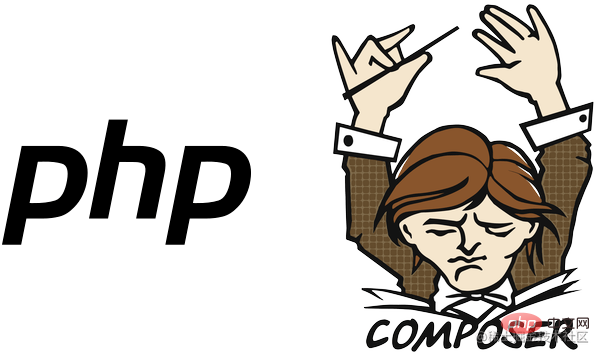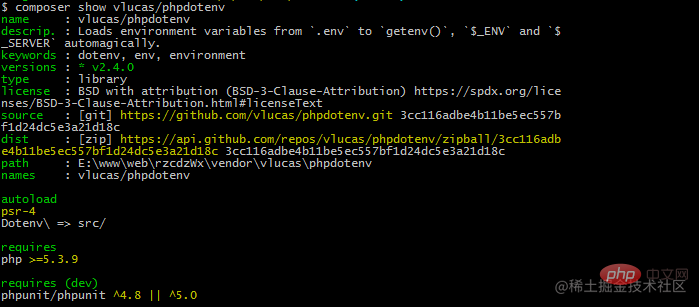
Composer is a dependency management tool for PHP. It allows you to declare code libraries that your project depends on and it will install them for you in your project.

If you are a front-end engineer, you should have used npm; if you are a pyhton developer, you should have used pip. In short, you can understand composer like this .
composer may be often mentioned in the manual. Let’s learn about installation and common commands.
Linux
The installation of composer is relatively simple. It is not recommended to use yum and other management packages to install directly, because there are May modify your default php version. We can skip the following installation:
curl -sS getcomposer.org/installer | php
mv composer.phar / usr/local/bin/composer
Windows
Download and run Composer-Setup.exe, it will install the latest version Composer, it is recommended to add the system environment variable, so that you can use the composer command directly in any directory.
The default mirror source is relatively slow to download in China, it is recommended to change the mirror source
##composer config -g repo.packagist composerYou can also use Ali’s mirror source (recommended)
composer config -g repo.packagist composer
config -g/--global represents global configuration
Composer common commands
参数:--name: 包的名称。--description: 包的描述。--author: 包的作者。--homepage: 包的主页。--require: 需要依赖的其它包,必须要有一个版本约束。并且应该遵循 foo/bar:1.0.0 这样的格式。--require-dev: 开发版的依赖包,内容格式与 --require 相同。--stability (-s): minimum-stability 字段的值。复制代码
composer require vendor/package:2.* vendor/package2:dev-master
install installation
install command Read the composer.json file from the current directory, handle the dependencies, and install it into the vendor directory. If the composer.lock file exists in the current directory, it will read the dependency version from this file instead of obtaining the dependency from the composer.json file. This ensures that every consumer of the library gets the same dependency version. If there is no composer.lock file, composer will create it after handling the dependencies. You can simply understand composer.lock as the cache of the extension library.update update
To get the latest versions of dependencies and update the composer.lock file, you should use the update command.composer updateThis will resolve all dependencies of the project and write the exact version number to composer.lock. If you just want to update a few packages, you can list them individually like this:
composer update vendor/package vendor/package2==Note==: The update command will update the latest dependencies of the limited version in composer.json. For example, if you write "monolog/monolog": "1.*", the update command may update version 1.0 to version 1.2, but will not update 1.0 to version 2.0. So you need to pay attention when using it.
search
The search command allows you to search for dependent packages for the current project. Usually it only searches packages on packagist.org. You can simply enter your search criteria. .show
To list all available packages, you can use the show command.
You can also click to view more composer packages
dump-autoload
Print the autoloader index. In some cases you need to update the autoloader, for example if a new class is added to your package. You can use dump-autoload to do this without having to execute the install or update commands.In addition, it can print an optimized index of classes that conform to the PSR-0/4 specification, which is also for performance considerations. In large applications, there will be many class files, and the autoloader will take up a large part of the time of each request. Using classmaps may not be convenient during development, but it can still obtain PSR-0/ while ensuring performance. 4. Convenience brought by standards.
Please click to view more composer commands
Okay, in this section we introduce the installation and common commands of composer. We can later integrate the framework into a composer package and share it with other development students.
Recommended learning: "PHP Video Tutorial"
The above is the detailed content of Installation and use of Composer for handwritten PHP API framework (2). For more information, please follow other related articles on the PHP Chinese website!